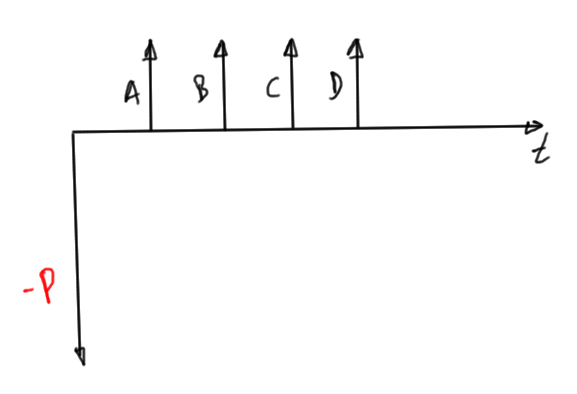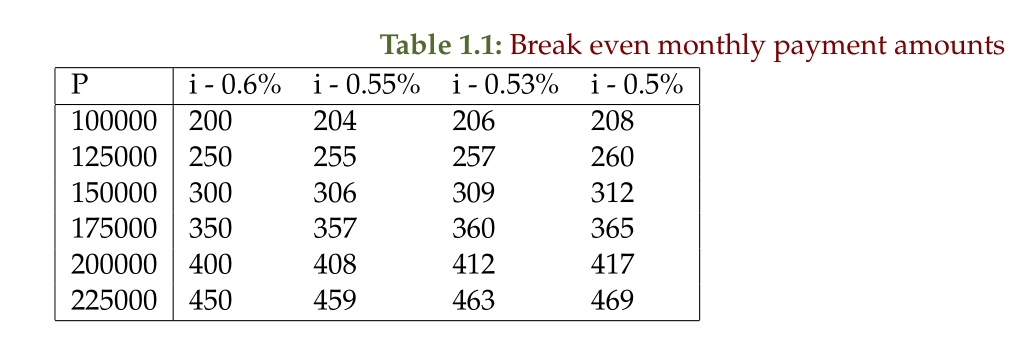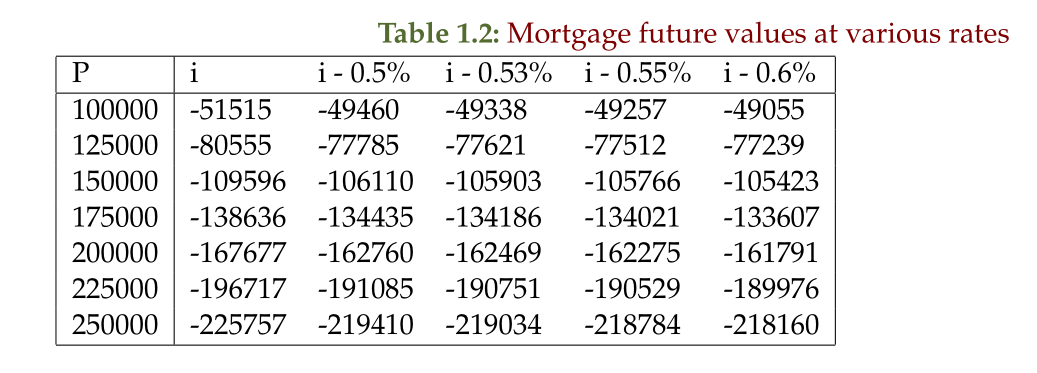Markham can fairly oppressive in its bylaw enforcement. For example, you aren’t allowed to park in front of your house overnight in the Cornell area, where there are cut-in parking spots off the main part of the roadway. Such a tragic violation of city rules gets you $50 ticket. There are also maintenance enforcement officers that will measure the length of your grass and probably ticket you if it is too long.
Because of this enforcement, I was somewhat wary of the idea of creating a front yard vegetable garden. I know that some cities have cracked down on such a vile practice, so it did not seem implausible that Markham would follow such a police state model of oppressive regulations.
I wrote the following to a Markham representative to find out what the rules were:
“The sidewalks in my area of Cornell run really close to the house, so that most of the front yard lies in the boulevard area (by which I mean the space between the sidewalk and the road and/or the parking indent).
Most people appear to have left this space with some combinations of weeds and/or grass, sometimes ringing trees or building raised garden boxes.
I see that we have by-law requirements for keeping our property tidy, but don’t know what rules there are for the boulevard area. Is this considered my space or is it the city’s space, and are there any limits for allowable landscaping and gardening in these spaces? “
I was careful not to give away my intent. Note that my front yard is one of those with a ‘combination of weeds and grass’. If I was to pull the weeds, something I tried vainly a couple times, there would be not much left. I’d love to make that silly grassy weedy space (i.e. the boulevard) into a vegetable garden.
For reference to anybody else who may want to do this, here is the answer I received from the Markham representative:
“Thank you for contacting the City of Markham.
Please follow this link to our Keep Markham Beautiful (Maintenance) By-law – To regulate and prescribe standards for the maintenance of private property and municipal boulevards within the City of Markham.
Have a look at the by-law and if you have any questions outstanding, please let us know and we will have someone from our By-law staff contact you with more information.
If you find that there are residents in your neighbourhood that are not following the by-law, please let us know and we can start an investigation and educate them on proper maintenance.”
This city representative probably thought that I wanted to rat out some poor neighbour (and included additional information detailing for me how I could go about doing that). I assume that “educate them” actually means fine them and/or require proof of corrective action.
However, note that the attached document does not appear to prohibit a front yard vegetable garden, even in the boulevard area. That is at least my interpretation. I am moving and won’t end up enacting my original idea. However, I thought that it was worthwhile to share the city response and the bylaw document in case others are thinking of doing something like this (especially in the Cornell area, where back yard space is tiny and all too easy to consume with a very small scale herb and vegetable garden).


